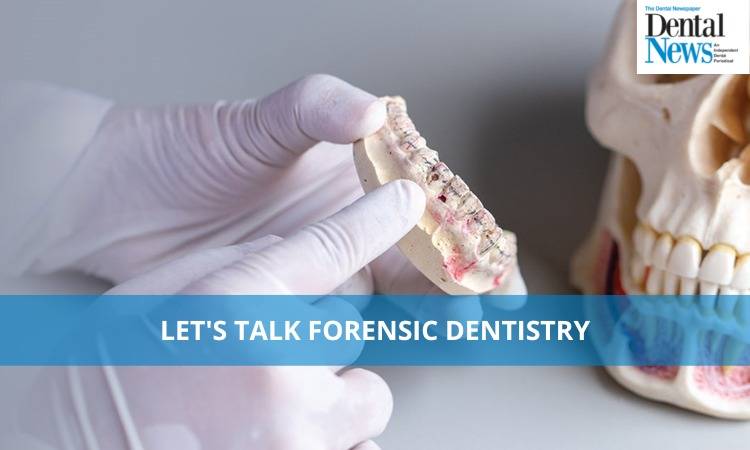
Dentistry has so much to offer when it comes to law enforcement and the identification of certain criminal and legal proceedings. Forensic Odontology is such interdisciplinary field of dental sciences that deals with legal problems in dentistry.
Since teeth are resistant to fire, accidental crashes and explosions, they can be used to identify human remains in mass disasters such as air crashes, natural disasters and terrorist attacks.
Forensic dentistry can also offer identification of mutilated, charred, and skeletal human remains when general identification methods including fingerprint recognition and visual recognition are not accessible.
Certain criminal cases including rape, assault, homicides and other types of crime can also give information via analysis and identification of bite marks and registration. In extreme cases where there is a lot of facial trauma and recognition is not possible- forensic Odontology analyses injuries in suspected batteries.
How do Teeth Offer Information Regarding The Individual Traits?
The physiological traits, variations and treatment records of the teeth remain standard throughout life and beyond. The physical characteristics of enamel, dentine and pulp can offer great insights into individual aspects and identification. Furthermore, the dental pulp is a source of DNA, the information extracted from the DNA can help the authorities to crossmatch and identify a victim.
The experts often use enamel rods and hieroglyphics since they are unique to each individual. Unlike fingerprints, they are highly resistant to heat and degeneration. The collection of enamel rods is similar to fingerprints where the dentist uses an enamel printer.
Dental experts can identify people using the amelogenin gene. This gene is extracted from the pulp of a tooth and then analyzed using a polymerase chain reaction to determine the sex of the victim. Blood is often unavailable in the examination of deceased victims, but teeth and bones provide accurate DNA access.
Teeth on the other hand are much more resistant to trauma due to their unique composition and location. Since they are deeply embedded in the bone the added protection to DNA is much more than the as compared to degradation that happens to the bones.
Bite Mark Registration
Another domain of forensic odontology that identifies perpetrators by comparing dental records with the bite mark left on the scene or a victim is bite mark analysis. Bite marks also often help in the identification of perpetrators since they can be left by the victim in an act of self-defence.
However, bite mark registration is not always accurate due to irregularities and distortions in bite marks. Hence, most often they are used with other sources of information to compare and analyse the investigative methods to come up with more conclusive evidence.
Forensic Odontology has a major role in the identification of abuse among ages of all persons. Hence, dental professionals have a duty to keep accurate dental records and provide all necessary information to the authorities in cases of negligence, malpractice, abuse or to identify unknown humans.

Dr Rida Qamar
The author is contributing writer at Dental News Pakistan and can be reached at Ridaqamar100@gmail.com

